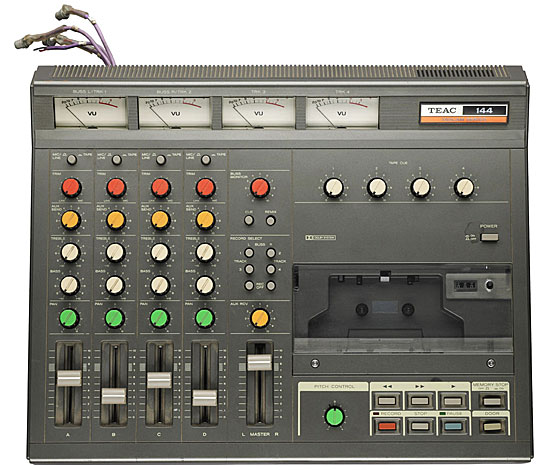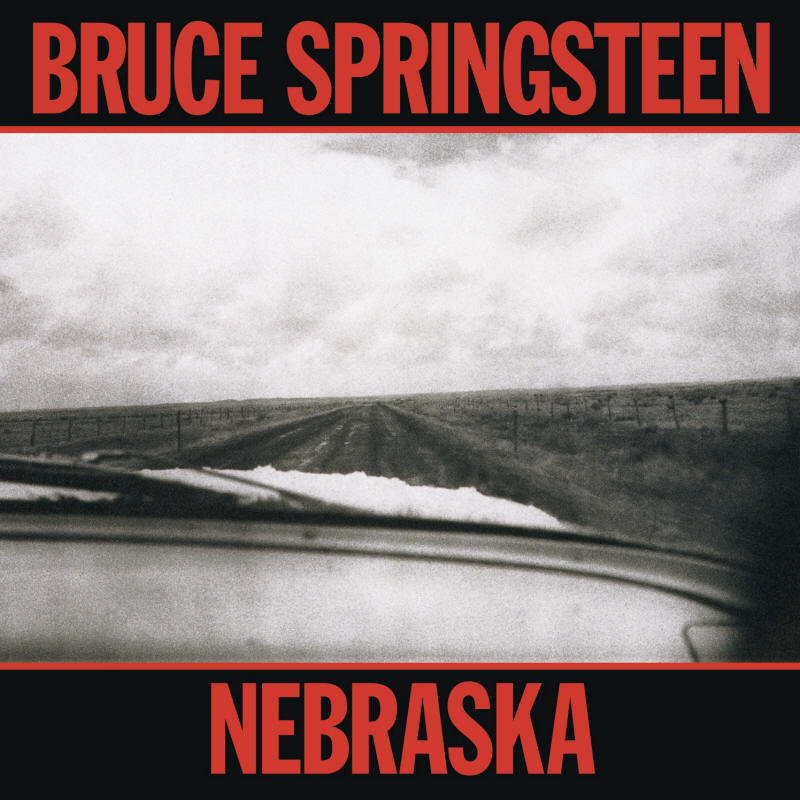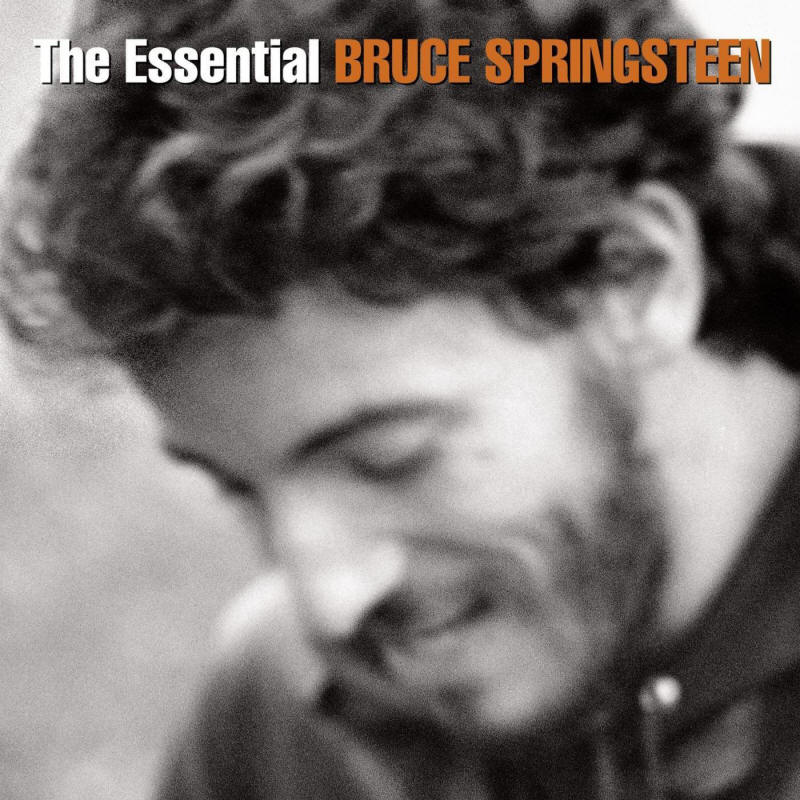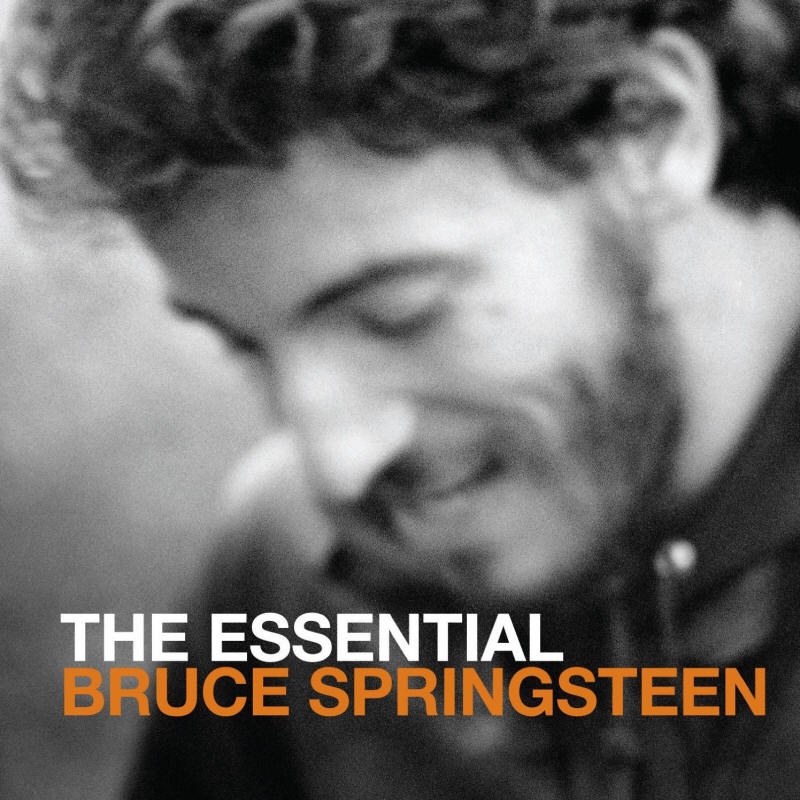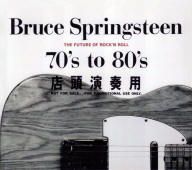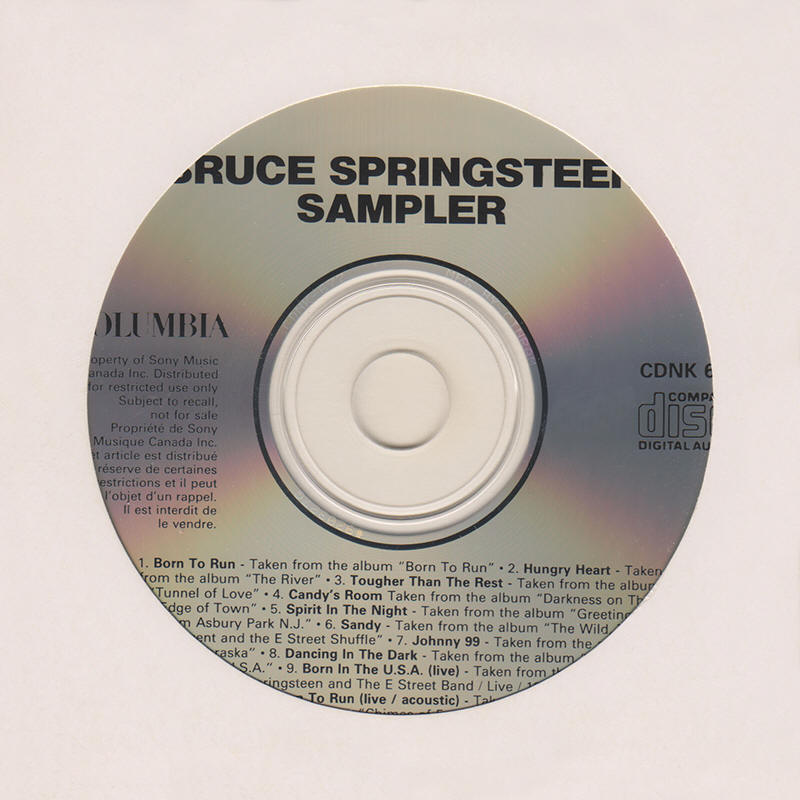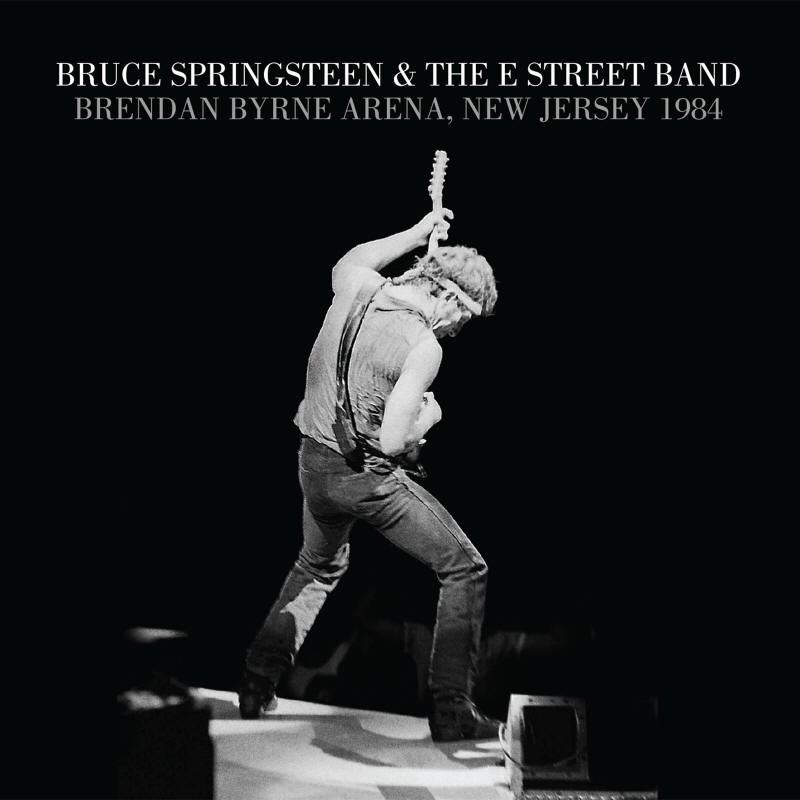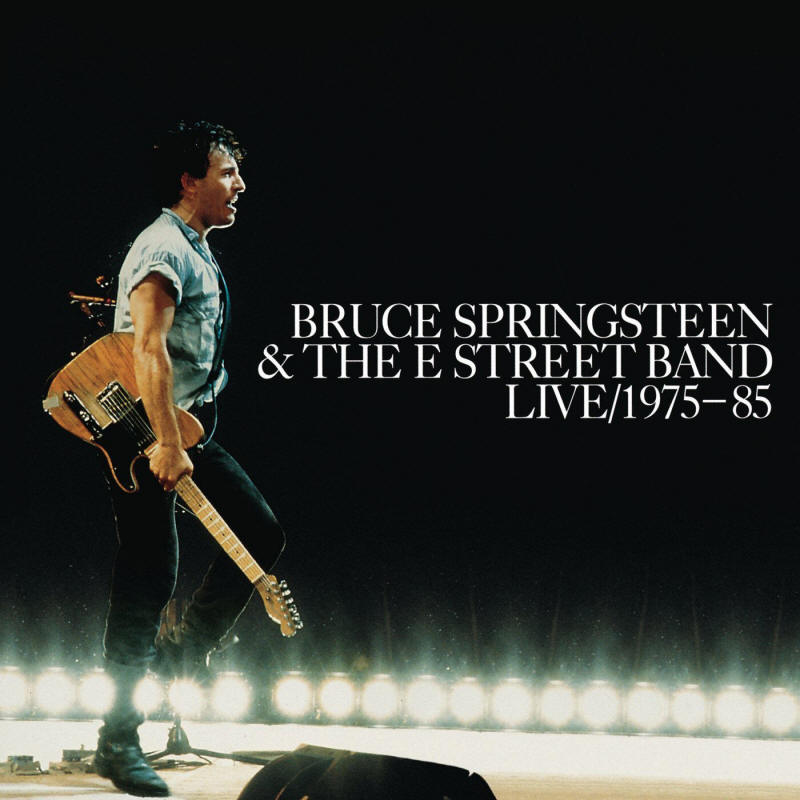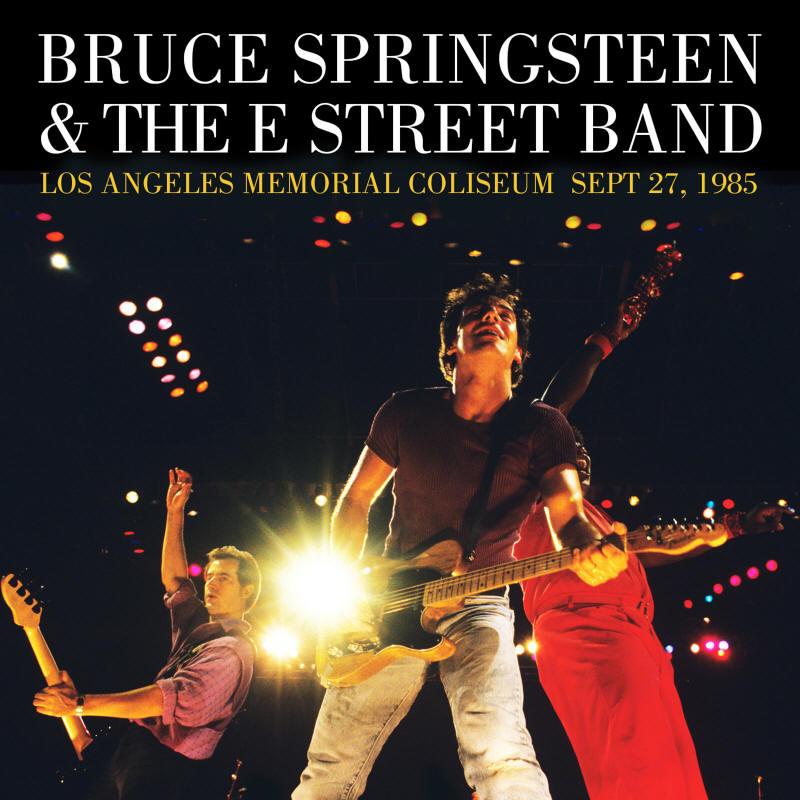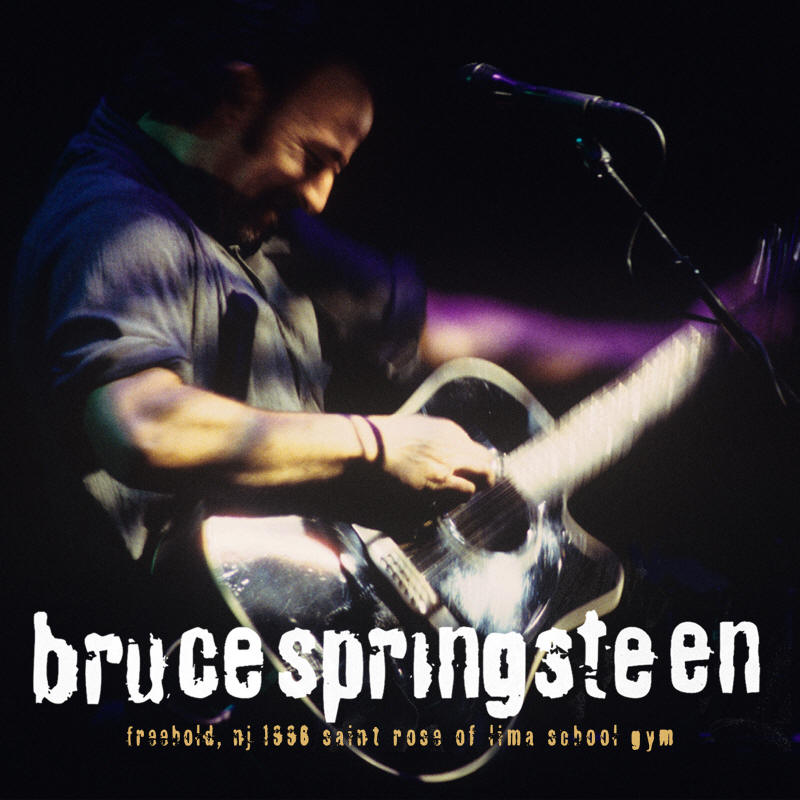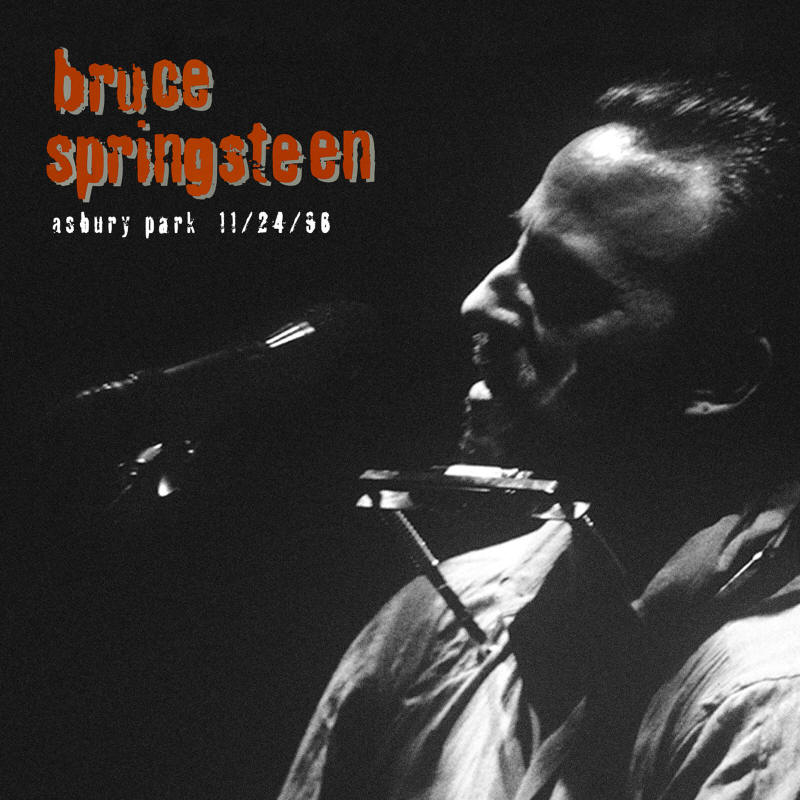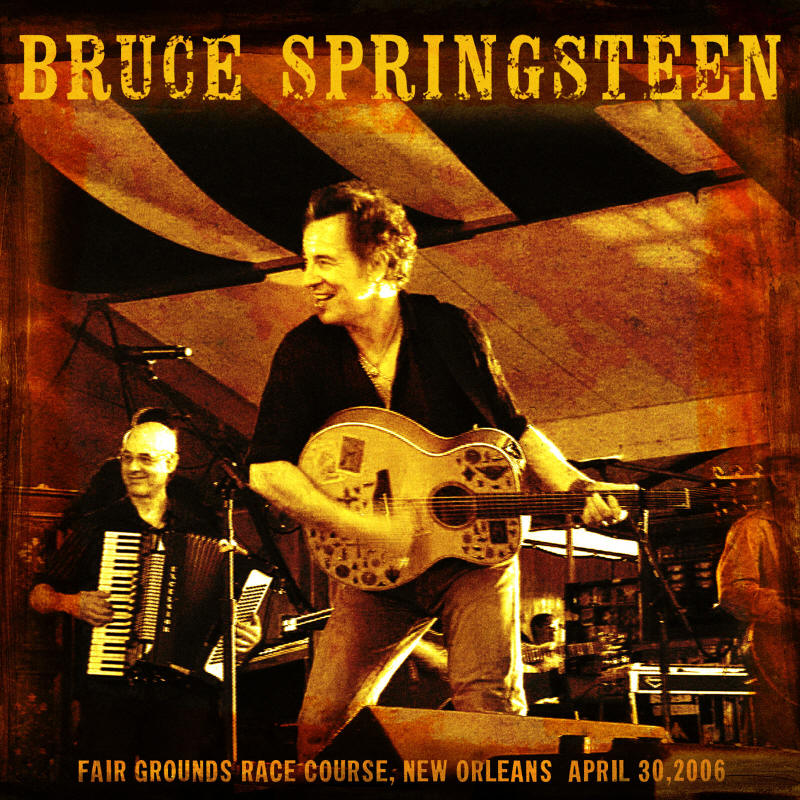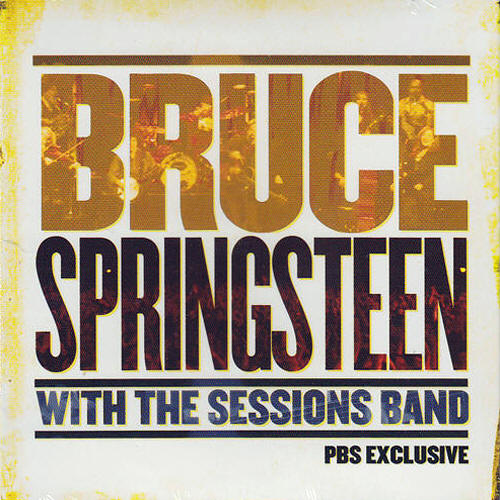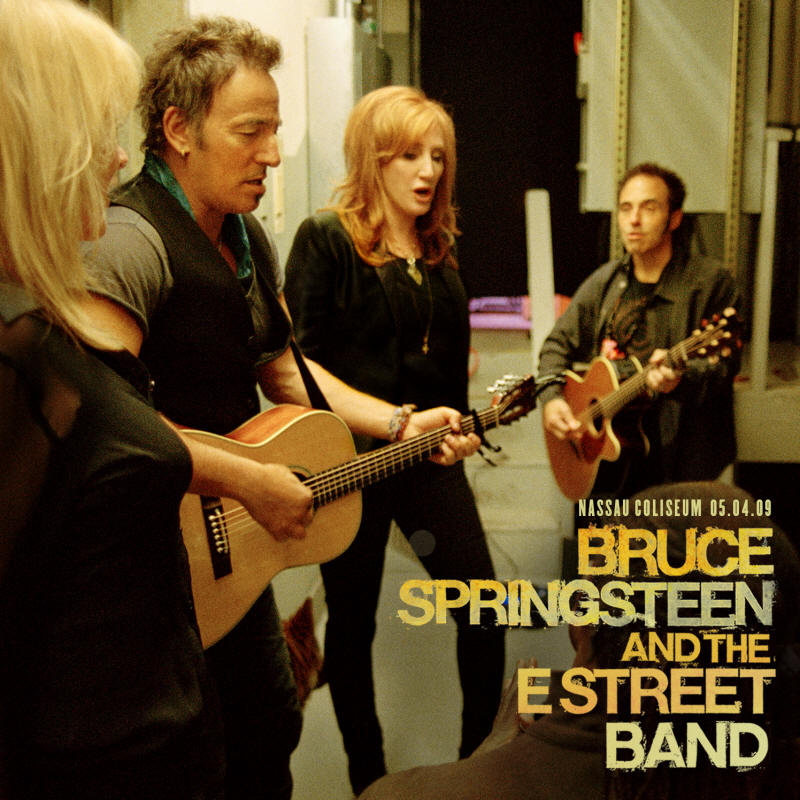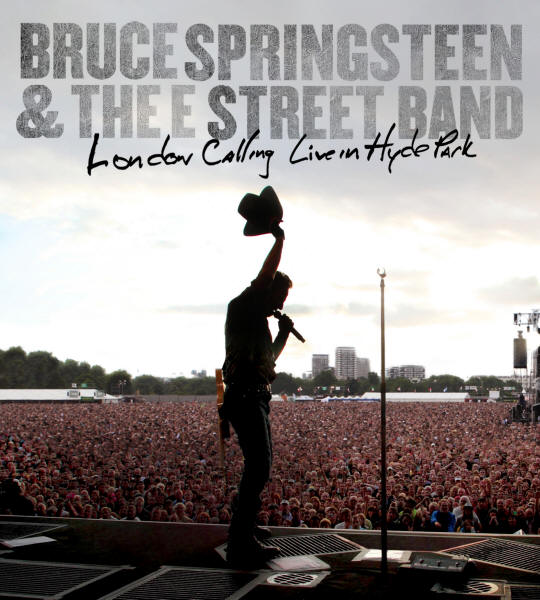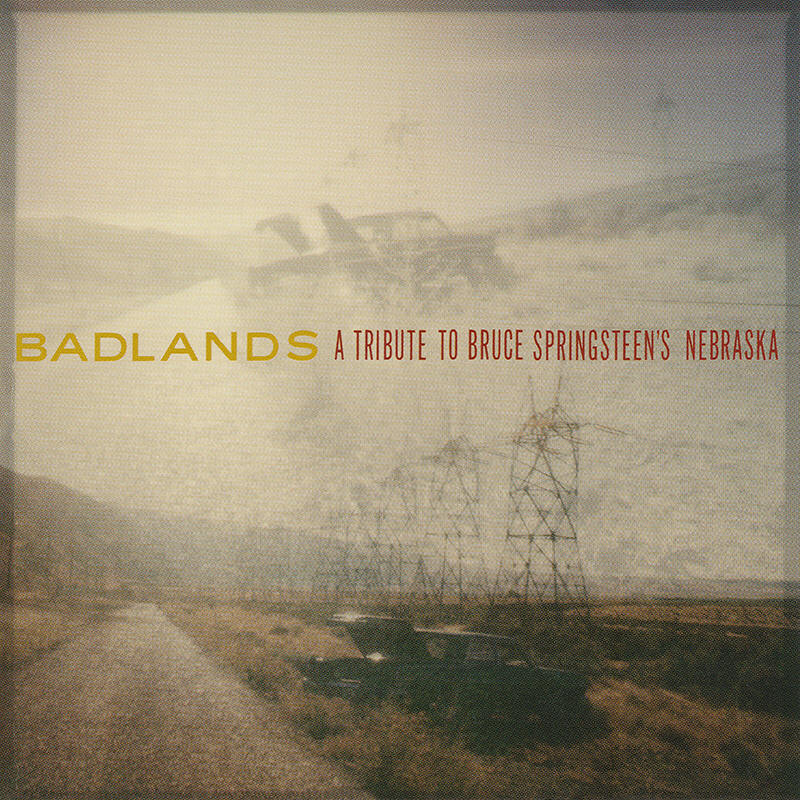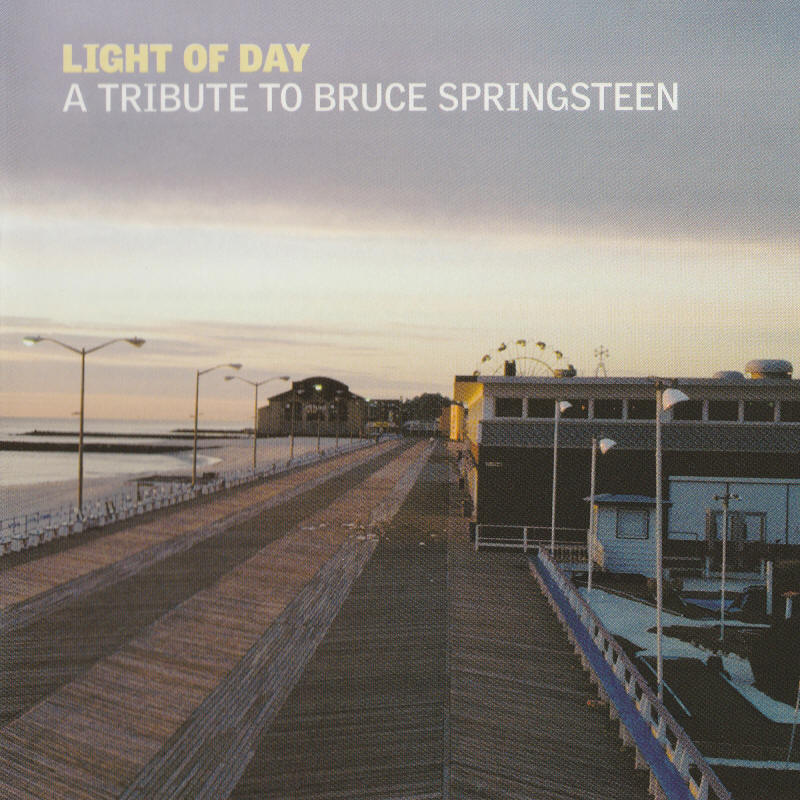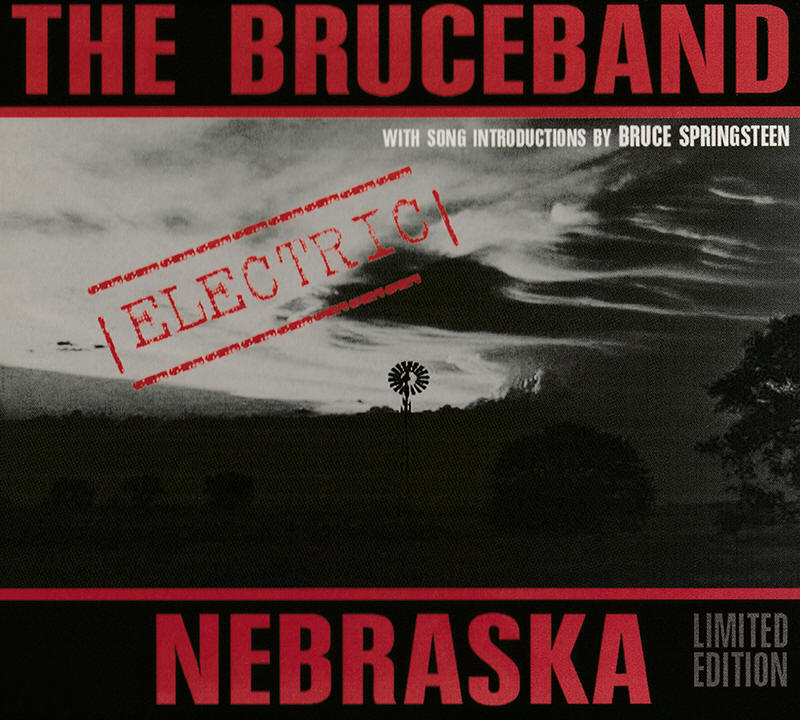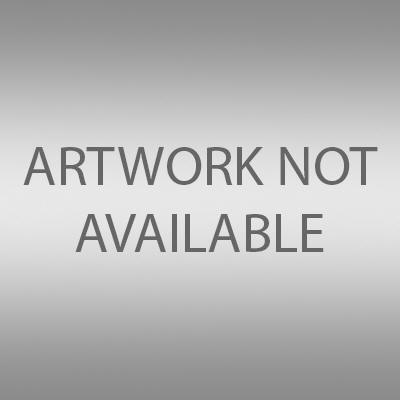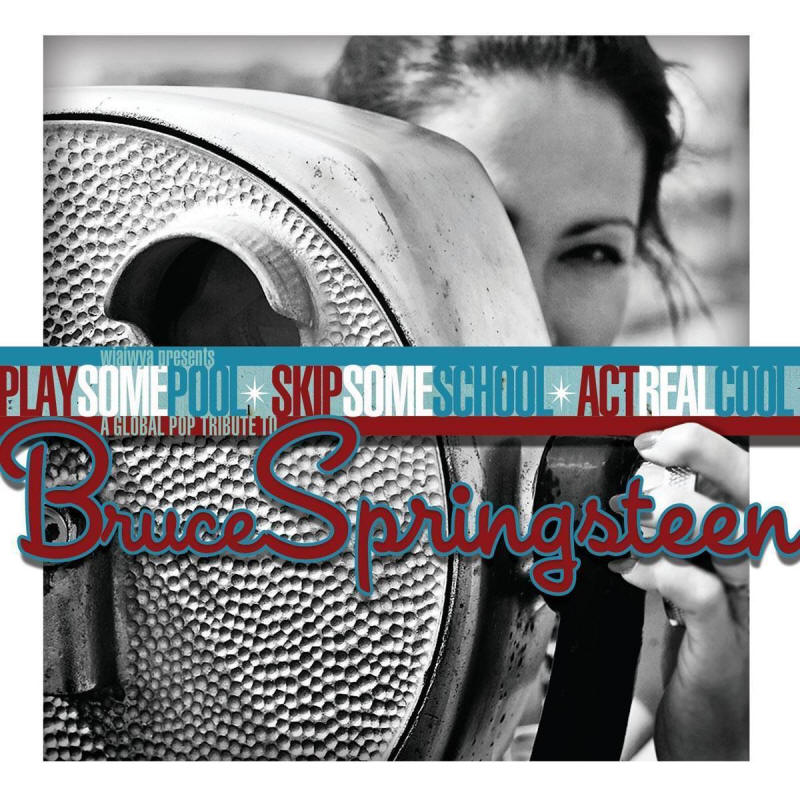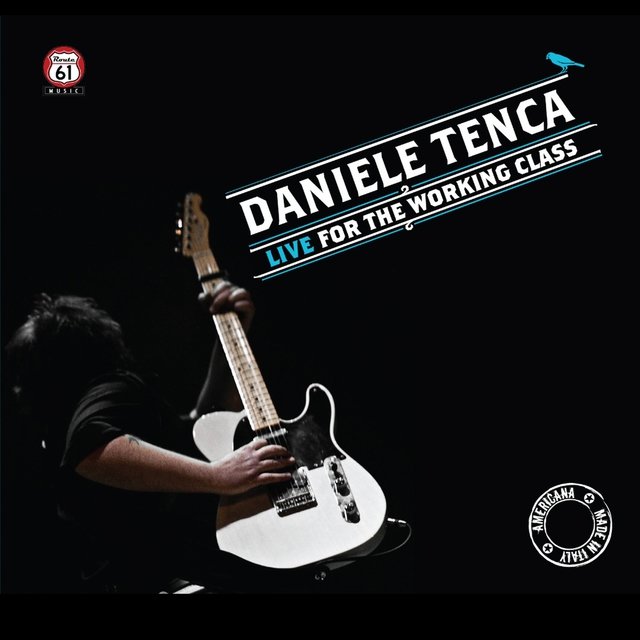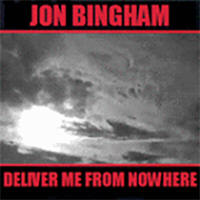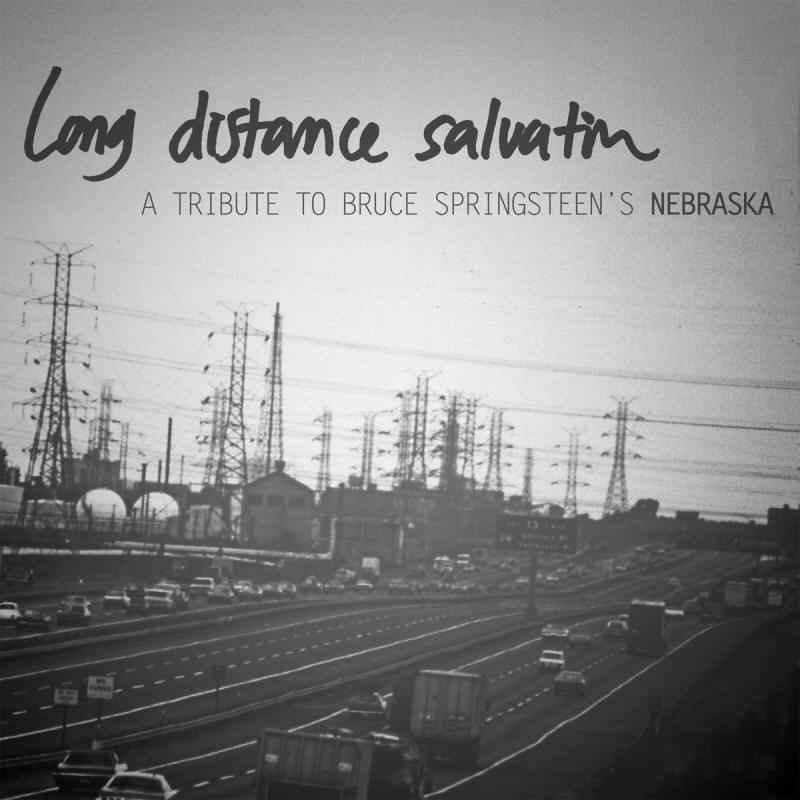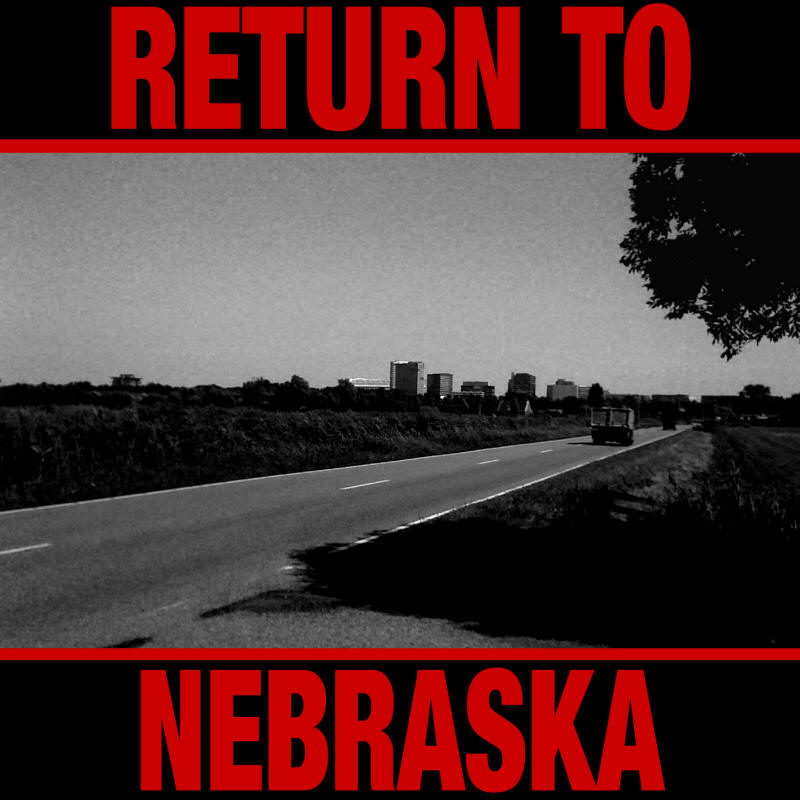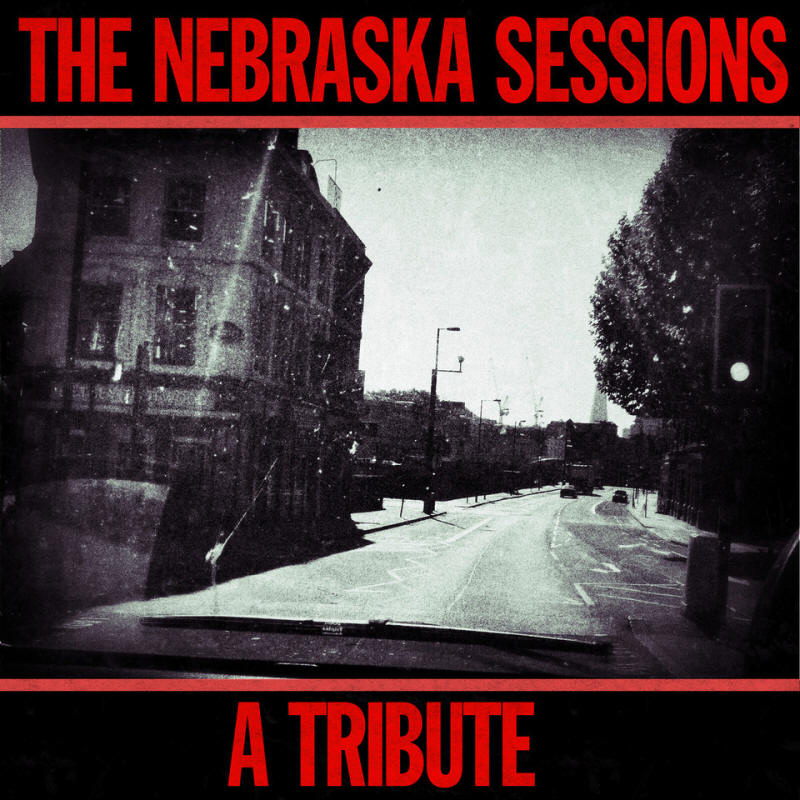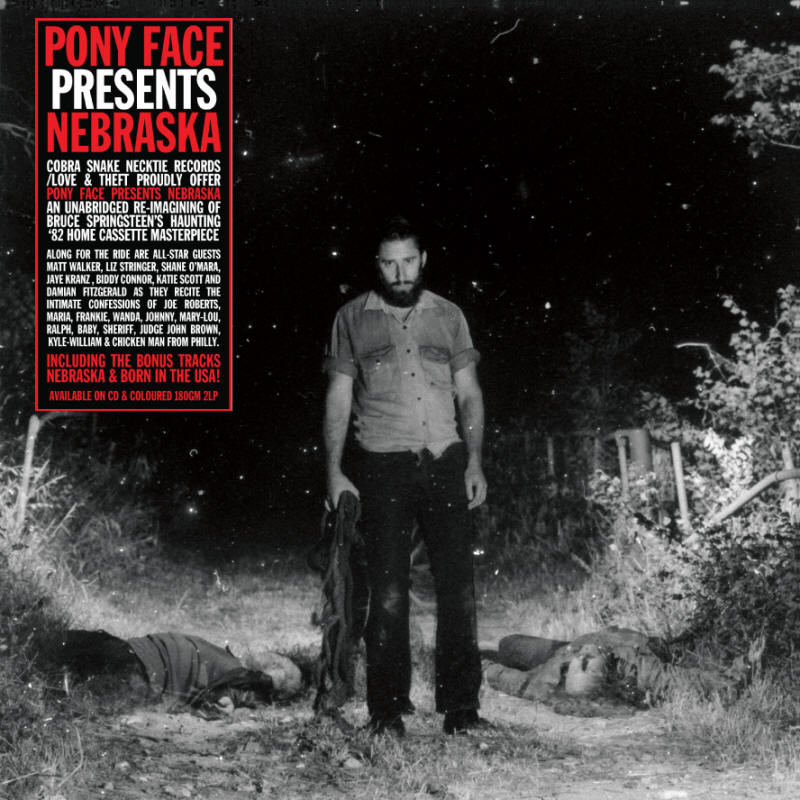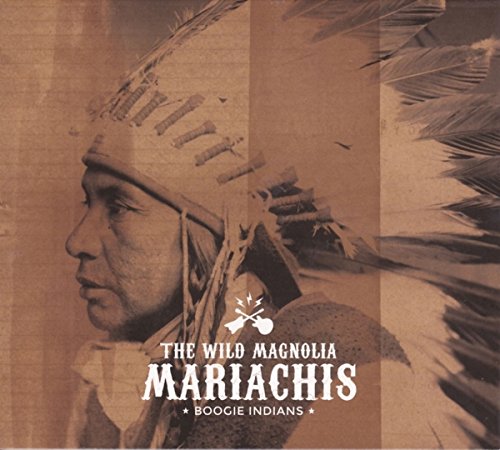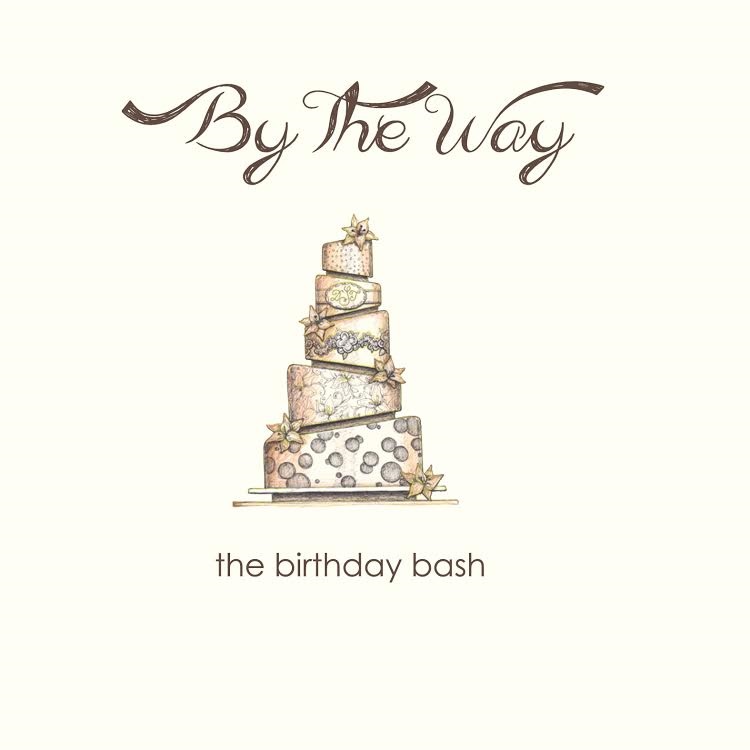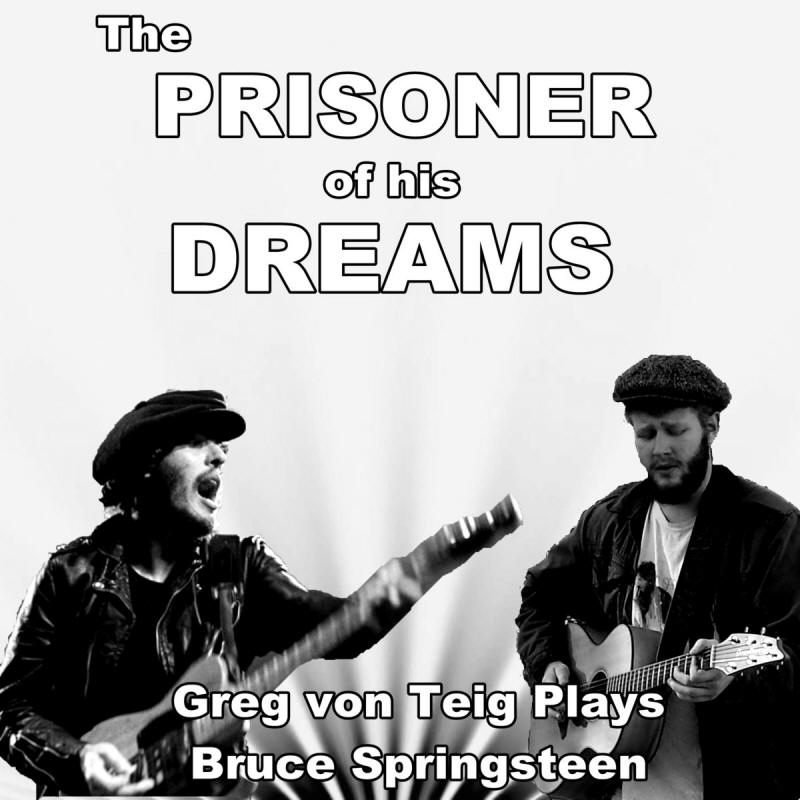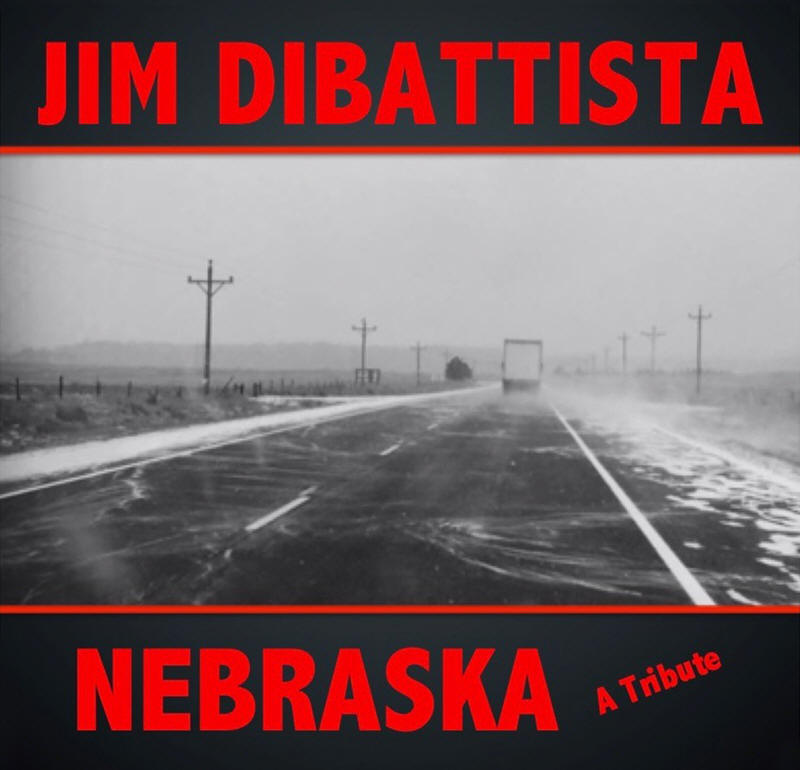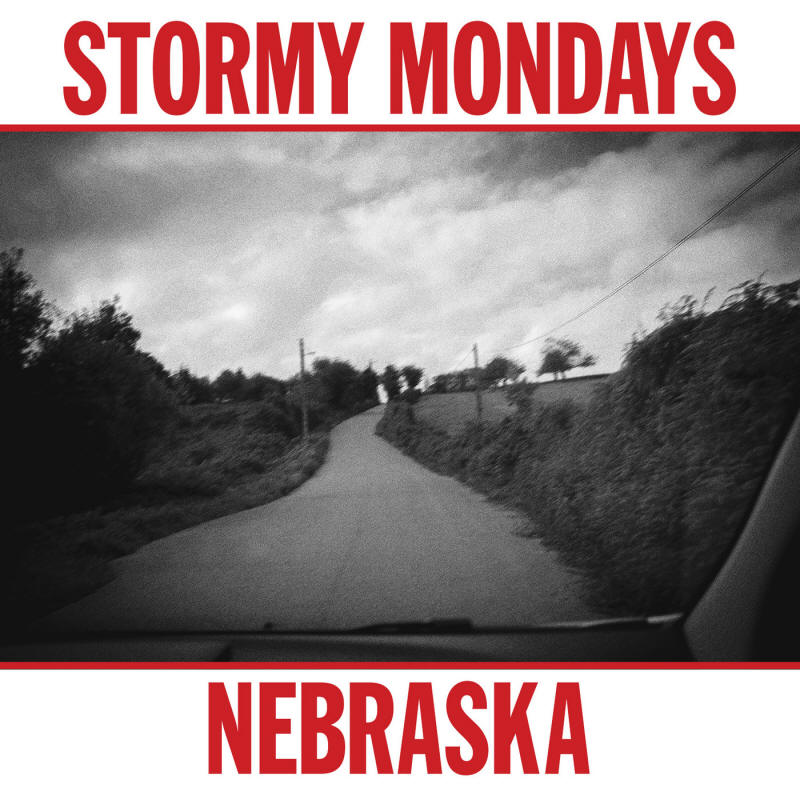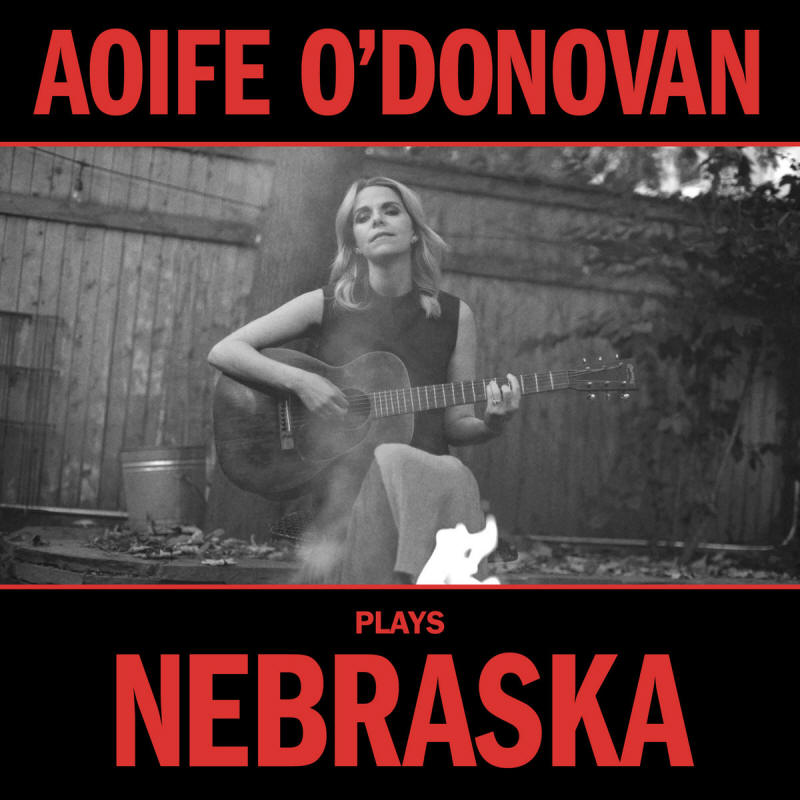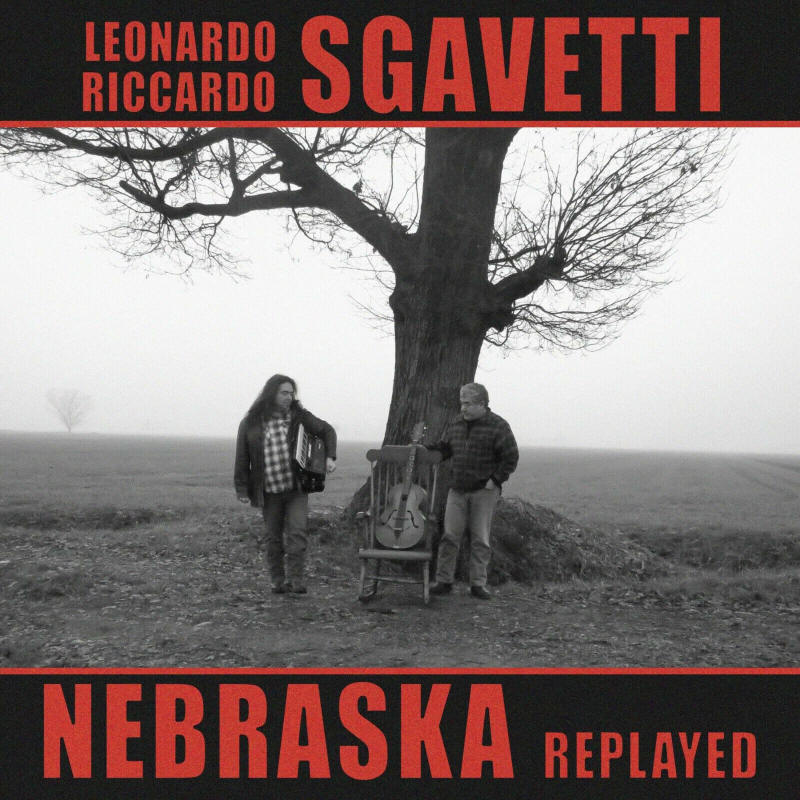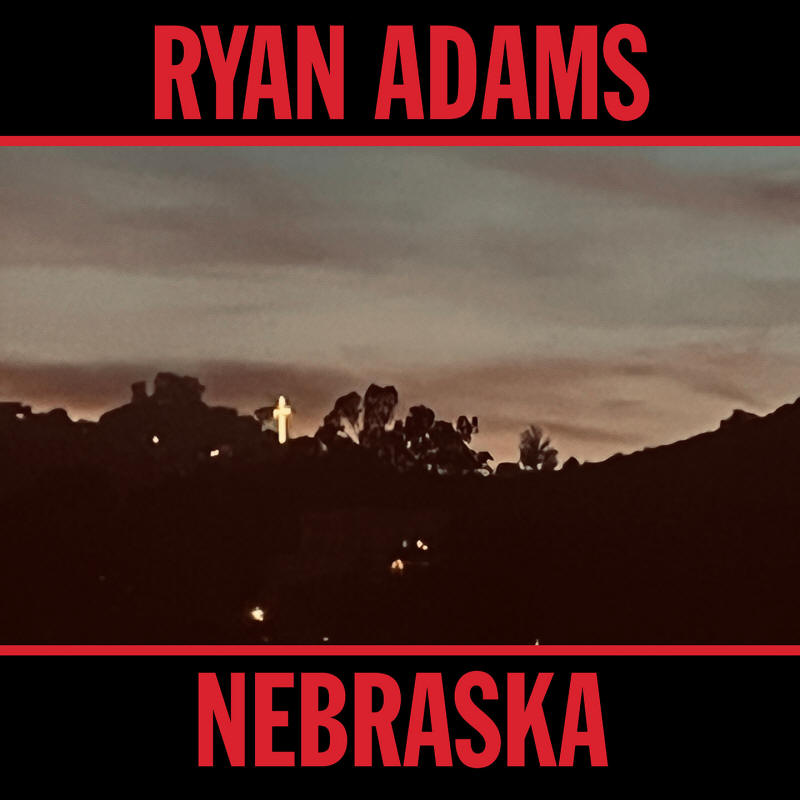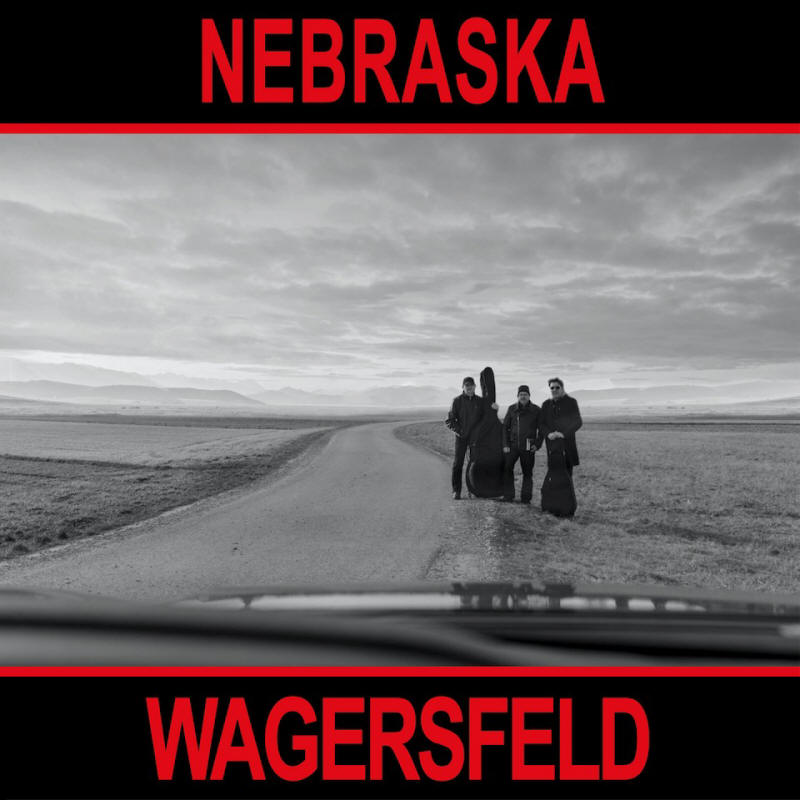JOHNNY 99 
Album version
Well they closed down the auto plant in Mahwah late that month
Ralph went out looking for a job but he couldn't find none
He came home too drunk from mixing Tanqueray and wine
He got a gun, shot a night clerk, now they call him Johnny 99
Down in the part of town where when you hit a red light you don't stop
Johnny's waving his gun around and threatening to blow his top
When an off-duty cop snuck up on him from behind
Out in front of the Club Tip Top they slapped the cuffs on Johnny 99
Well the city supplied a public defender but the judge was Mean John Brown
He came into the courtroom and stared poor Johnny down
Well the evidence is clear, gonna let the sentence son fit the crime
Prison for 98 and a year and we'll call it even, Johnny 99
A fistfight broke out in the courtroom, they had to drag Johnny's girl away
His mama stood up and shouted, "Judge, don't take my boy this way"
Well son you got any statement you'd like to make
Before the bailiff comes to forever take you away
Now judge, judge, I got debts no honest man could pay
The bank was holding my mortgage, they taking my house away
Now I ain't saying that makes me an innocent man
But it was more and all this that put that gun in my hand
Well your honor I do believe I'd be better off dead
And if you can take a man's life for the thoughts that's in his head
Then won't you sit back in that chair and think it over, Judge, one more time
And let 'em shave off my hair and put me on that execution line
PAGE UNDER CONSTRUCTION
Info
JOHNNY 99 is a song written by Bruce Springsteen and released on his 1982 album Nebraska. The above lyrics are for Bruce Springsteen's album version of JOHNNY 99 as released in 1982.
The album version of JOHNNY 99 was included on The Essential Bruce Springsteen (2015 edition) compilation album.
"The auto plant in Mahwah" is a reference to a Ford Motor Company plant in Mahwah, NJ, that opened in 1955 and closed in 1980. "Tanqueray" is a brand of gin that originated in England and is now produced in Scotland. Its largest market is North America where it is the highest selling gin import.
Though never released as a single anywhere, JOHNNY 99 garnered enough album oriented rock airplay to reach #50 on the U.S. Billboard Mainstream Rock Tracks chart.
Studio Recording
SECTION NOT YET COMPLETED
Nebraska
Following The River Tour, Bruce Springsteen and The E Street Band were scheduled to start recording the next album in New York City in February 1982. Springsteen felt that the upcoming band studio sessions would progress faster than they had for his previous three albums if he first records finished demos and demonstrates them to the band. He decided to record multi-channel, professional sounding, finished demos of some songs he had written during the period.
To achieve his goal, Springsteen asked his guitar technician, Mike Batlan, in December 1981 to set up a recording facility in a spare room at his home in Colts Neck, NJ. Some modification work was done to the room making it more receptive to achieving a decent sound. Batlan purchased a Teac Tascom Series 144 4-track cassette recorder, two Shure SM57 microphones, and two microphone stands. The sound was mixed through an old Gibson Echoplex and an old Panasonic boom box acted as the mix-down deck.
The four-track cassette recorder that Bruce Springsteen used to record his famous Nebraska demo tape of January 1982
Batlan told journalist David McGee, "Springsteen began organizing his work for Nebraska during the first week of December 1981 — that's when I was directed to buy the four-track... actual recording began on 17 or 18 December and ended around January 3." Some of the songs were recorded two or three times in slightly different arrangements. A cassette tape was compiled and edited at the end of the sessions, likely on 03 Jan 1982. It contained fourteen songs recorded during these late December 1981 / early January 1982 sessions plus what is almost certainly a live recording of a fifteenth song, JOHNNY BYE-BYE. It also included seven alternate takes and five alternate mixes. The first person to listen to the tape was Jon Landau. Two or three months later, Springsteen recorded two additional songs (MY FATHER'S HOUSE and THE BIG PAYBACK) at home on the same equipment — thus making a total of 17 different songs.
The solo demo tape was never conceived to result in a commercially released album, as the songs were recorded by the E Street Band with multi-instrument arrangements, during what's known by fans as the "Electric Nebraska Sessions". It should be noted that most of the songs were not recorded in "rock" arrangements. Instead, Springsteen and Max Weinberg just added light percussion, or Roy Bittan added a synth pad.
During the E Street Band sessions it became apparent to Springsteen that a majority of these songs did not lend themselves well to a full band arrangement. He later wrote in his 1998 book Songs, "I went into the studio, brought in the band, rerecorded, remixed, and succeeded in making the whole thing worse." At one point he even went back into the studio with an acoustic guitar to try and re-record the songs solo, but the result lacked the atmosphere and feeling of isolation only found on the original home demos. According to Toby Scott, Springsteen handed him the original solo demo tape in April 1982 and asked him if it was possible to just master off the tape, with the intention to release some of the songs as a solo album. It took Scott a few weeks before eventually saying yes and in May a decision was taken to release a solo album ahead of the still-in-progress E Street Band album.
Most of the E Street Band arrangements of these songs were discarded and ten of the original solo demos from the tape were released on the Nebraska album. Max Weinberg revealed to Rolling Stone in June 2010 that the recording of the "Electric Nebraska Sessions" does exist. He said that "the E Street Band actually did record all of Nebraska and it was killing [...] It was all very hard-edged. As great as it was, it wasn't what Bruce wanted to release. There is a full band Nebraska album, all of those songs are in the can somewhere."
"Open All Night" and "January 3, 1982" were considered as titles for the album, but ultimately "Nebraska" was chosen. The album was produced by Bruce Springsteen and was commercially released on 20 Sep 1982 by Columbia Records.
Bruce Springsteen -- Nebraska
Nebraska features 10 new Springsteen compositions and clocks at 40:50.
The Essential Bruce Springsteen
The Essential Bruce Springsteen is a compilation album released as part of Sony BMG'S (previously Sony Music Entertainment) series of "Essential" sets. According to Springsteen's liner notes comments, the collection was intended as an introduction to his music for new fans who attended shows on The Rising Tour.
The collection is fundamentally a 2-disc set (clocking at 153:37) compiling songs from all of Springsteen's studio albums to date plus his Live In New York City release. A 3-disc limited edition (clocking at 201:04) was also released. It includes a bonus third disc comprising of a selection of rarities and previously unreleased recordings.
The Essential Bruce Springsteen was released on 11 Nov 2003 on Columbia Records. It debuted and peaked at #14 on the U.S. Billboard 200 album chart where it spent 13 weeks. It also reached #28 on the UK Albums Chart. The album was awarded certified gold and platinum records by the RIAA on 16 Dec 2003.
Bruce Springsteen -- The Essential Bruce Springsteen (2003 edition)
The Essential Bruce Springsteen was reissued on 16 Oct 2015, this time as a 2-disc set (clocking at 156:25) with an updated track list, compiling songs from all of Springsteen's studio albums to date plus his Greatest Hits (1995 edition) collection. This 2015 reissue features remastered tracks not found in that form on other Springsteen releases.
Bruce Springsteen -- The Essential Bruce Springsteen (2015 edition)
Other Official Releases
JOHNNY 99 can also be found on two Bruce Springsteen promo-only samplers.
Bruce Springsteen -- The Future Of Rock'n'Roll / 70's To 80's
2xCD - CBS/Sony (XADP 90009~10) - Japan, 1988
Japan-only promotional 2-CD set sampler compiling 28 tracks from Bruce Springsteen's first nine albums plus two 1988 live B-sides.
Bruce Springsteen -- Bruce Springsteen Sampler
CD - Columbia (CDNK 677) - Canada, 1992
Canada-only promotional CD sampler compiling 10 tracks from Springsteen's albums up to 1987, plus the 1988 acoustic live version of BORN TO RUN. Comes in a plain white die-cut cardboard sleeve.
Other versions of JOHNNY 99 were also officially released.
The live 05 Aug 1984 version of JOHNNY 99 was released on the Brendan Byrne Arena, New Jersey 1984 official live download in 2015.
The live 20 Aug 1984 version of JOHNNY 99 was released on the Brendan Byrne Arena, NJ August 20, 1984 official live download in 2015.
The live 27 Sep 1985 version of JOHNNY 99 was released on the Los Angeles Memorial Coliseum Sept 27, 1985 official live download in 2019.
The live 08 Nov 1996 version of JOHNNY 99 was released on the Freehold, NJ 1996 Saint Rose Of Lima School Gym official live download in 2018.
The live 24 Nov 1996 version of JOHNNY 99 was released on the Asbury Park 11/24/96 official live download in 2019.
The
live 30 Apr 2006 version of JOHNNY 99 was released on the
Fair Grounds Race Course, New Orleans April 30, 2006 official live download in 2017.
The
live 18 Nov 2006 version of JOHNNY 99 was released on the
Bruce Springsteen With The Sessions Band PBS Exclusive EP in 2007.
The live 04 May 2009 version of JOHNNY 99 was released on the Nassau Coliseum 05.04.09 official live download in 2020.
Live History
SECTION NOT YET COMPLETED
Covers
SECTION NOT YET COMPLETED
At least 22 artists have recorded and released Bruce Springsteen's JOHNNY 99.
Johnny Cash -- Johnny 99
LP - Columbia (FC 38696) - USA, 1983
Includes two Bruce Springsteen covers: HIGHWAY PATROLMAN and JOHNNY 99. See
Johnny Cash's cover version for more details.
Various artists -- One Step Up / Two Steps Back: The Songs Of Bruce Springsteen
2xCD - The Right Stuff (7243 8 59780 2 9) - USA, 1997
2xCD - EMI (TOCP-50377/8) - Japan, 1997
This is a Bruce Springsteen tribute album. Disc 1 was reissued in 2000 as The Songs Of Bruce Springsteen. JOHNNY 99 is performed by John Hiatt.
Various artists -- Badlands - A Tribute To Bruce Springsteen's Nebraska
CD - Sub Pop (SPCD 525) - USA, 2000
CD - Sub Pop (9878-70525-2) - Germany, 2000
CD - Sub Pop (WPCR-10845) - Japan, 2000
This is a Bruce Springsteen tribute album. JOHNNY 99 is performed by Los Lobos.
Various artists -- Light Of Day: A Tribute To Bruce Springsteen
2xCD - Schoolhouse Records / Big Daddy (SHR0022-2) - USA, 2003
2xCD - Good Sounds / DiscMedi Blau (DM 797E-02) - Spain, 2003
3xCD - Good Sounds / DiscMedi Blau (DM 797-02) - Spain, 2003
2xCD - Schoolhouse Records / Revolver (REV XD244) - UK, 2004
2xCD - Revolver / Sony (MHCP 928-9) - Japan, 2005
This is a Bruce Springsteen tribute album. There are five issues of this album (with three track configurations) and this track was included on all five issues listed above. JOHNNY 99 is performed by The Mystic Knights Of The Sea.
The Bruceband -- Nebraska Electric
CD - no label (88690-2) - Holland, 2008
This is a Bruce Springsteen tribute album.
1000 Mile Highway -- Long, Straight And Live
CD EP - no label (no catalog number) - UK, 2009
This is a 5-track EP recorded live in July 2009 at Cornbury Music Festival in the UK. Includes two Bruce Springsteen covers: JOHNNY 99 and AMERICAN LAND.
Various artists -- Play Some Pool, Skip Some School, Act Real Cool: A Global Pop Tribute To Bruce Springsteen
2xCD - Where It's At Is Where You Are (WIACD20) - UK, 2009
This is a Bruce Springsteen tribute album. JOHNNY 99 is performed by One Milky Wimp.
Daniele Tenca -- Live For The Working Class
CD - Route 61 Music (RT612011002) - Italy, 2011
This is a live album.
Jon Bingham -- Deliver Me From Nowhere
Digital album - no label (no catalog number) - USA, 2012
This is a free download-only digital Bruce Springsteen tribute album.
Various artists -- Long Distance Salvation: A Tribute To Bruce Springsteen's Nebraska
LP - no label (no catalog number) - USA, 2012
Digital album - no label (no catalog number) - USA, 2012
This is a Bruce Springsteen tribute album, available in downloadable digital form and on limited edition colored vinyl. The digital version contains three tracks not found on the LP issue. JOHNNY 99 is performed by Spirit Family Reunion.
Various artists -- Return To Nebraska
Digital album - no label (no catalog number) - Holland, 2012
This is a free download-only digital Bruce Springsteen tribute album. JOHNNY 99 is performed by Marten De Paepe.
Various artists -- The Nebraska Sessions - A Tribute
CD - Clubhouse Records (no catalog number) - UK, 2012
Digital album - Clubhouse Records (no catalog number) - UK, 2012
This is a Bruce Springsteen tribute album, available in downloadable digital form and on CD. The digital version contains two tracks not found on the CD issue. JOHNNY 99 is performed by Case Hardin.
Pony Face -- Pony Face Presents Nebraska
2xLP - Cobra Snake Necktie Records (unknown catalog number) - Australia, 2014
CD - Love & Theft Recording Co. (LNT022) - Australia, 2014
This is a Bruce Springsteen tribute album.
The Wild Magnolia Mariachis -- Boogie Indians
CD - NOTNOWMOM! (LC 11335) - Germany, 2014
Includes two Bruce Springsteen covers: JOHNNY 99 and FROM SMALL THINGS (BIG THINGS ONE DAY COME).
By The Way -- The Birthday Bash
Digital album - no label (no catalog number) - Switzerland, 2015
This is a free download-only digital live album recorded on 31 Jul 2015 in Wetzikon, Switzerland.
Greg Von Teig -- The Prisoner Of His Dreams: Greg Von Teig Plays Bruce Springsteen
CD - no label (no catalog number) - USA, 2016
This is a Bruce Springsteen tribute album, available in downloadable digital form and on CD. The digital version contains two tracks not found on the CD issue: DARKNESS ON THE EDGE OF TOWN and IT'S HARD TO BE A SAINT IN THE CITY.
Jim DiBattista -- Nebraska - A Tribute
Digital album - Big Lump Records (no catalog number) - USA, 2019
This is a download-only digital Bruce Springsteen tribute album. It can be streamed on
YouTube and
Soundcloud.
Stormy Mondays -- Nebraska
CD - Electric Satellite Records (ESR 002) - Spain, 2019
LP - Electric Satellite Records (ESR 002-LP) - Spain, 2021
This is a Bruce Springsteen tribute album.
Aoife O'Donovan -- Aoife O'Donovan Plays Nebraska
Digital album - Yep Roc Records (no catalog number) - USA, 2021
This is a download-only digital Bruce Springsteen tribute album. It was recorded live on 09 May 2020 at Aoife’s home in New York City, NY.
Leonardo And Riccardo Sgavetti -- Nebraska Replayed
CD - Esagono Dischi (ED 2021/01) - Italy, 2021
This is a Bruce Springsteen tribute album.
Ryan Adams -- Nebraska
Digital album - Pax Americana Record Company (no catalog number) - USA, 2022
This is a free download-only digital Bruce Springsteen tribute album.
Wagersfeld -- Nebraska
CD - no label (no catalog number) - Austria, 2023
This is a Bruce Springsteen tribute album. Each song is preceded by a story related to the song, in German.
Available Versions
List of available versions of JOHNNY 99 on this website:
JOHNNY 99 [Album version]
JOHNNY 99 [Home demo version 1]
JOHNNY 99 [Home demo version 2]
JOHNNY 99 [Live 21 Sep 1984 version]
JOHNNY 99 [Live 19 Aug 1985 version]
JOHNNY 99 [Live 30 Apr 2006 version]
JOHNNY 99 [Live 18 Nov 2006 version]
JOHNNY 99 [Live 28 Jun 2009 version]
JOHNNY 99 [Live 21 Sep 2009 version]
JOHNNY 99 [Johnny Cash's cover version]
Page last updated: 10 Jan 2016

